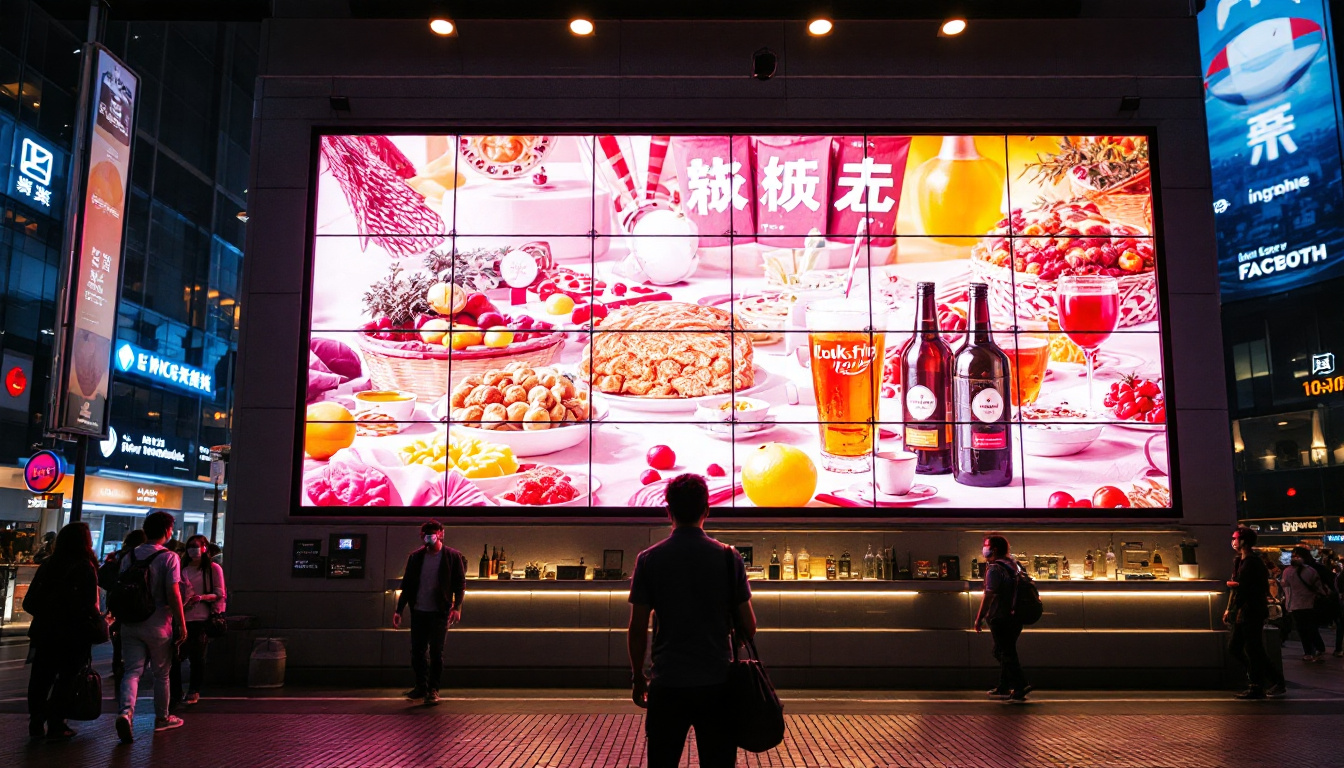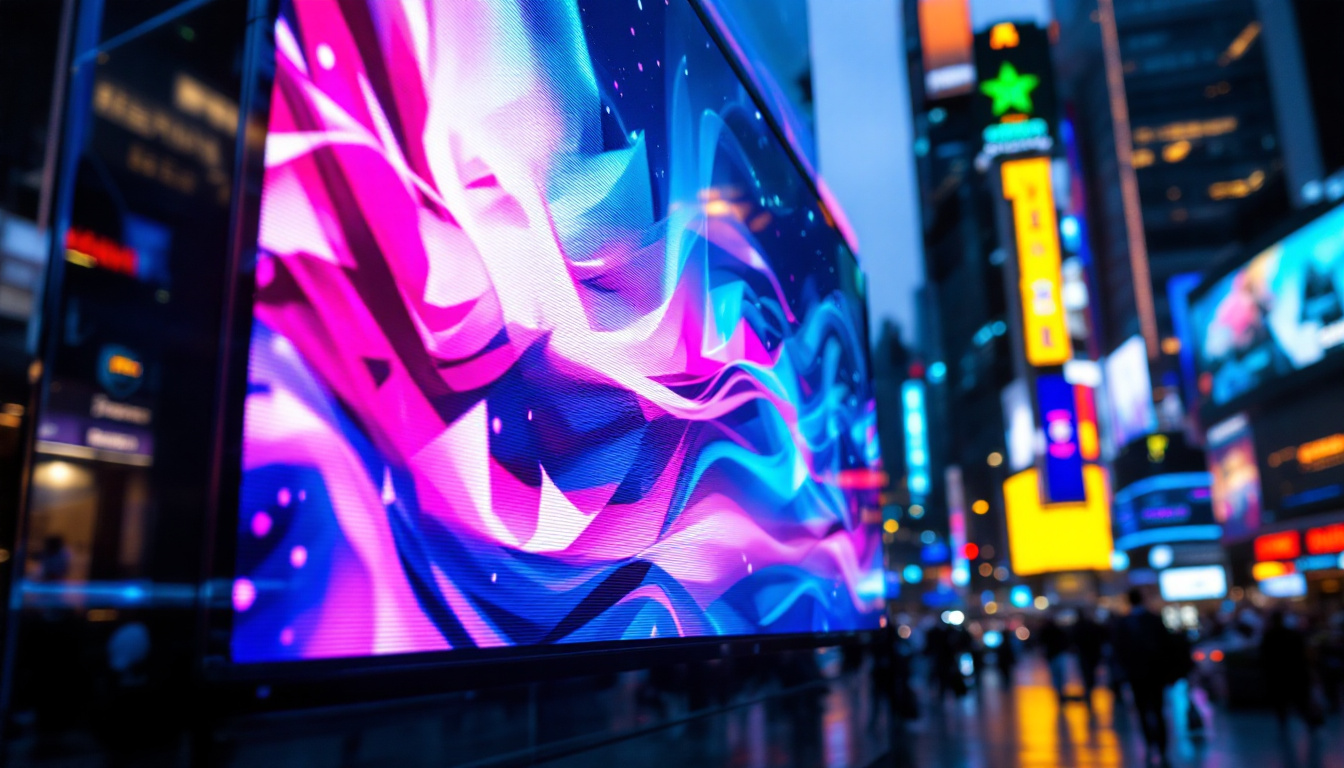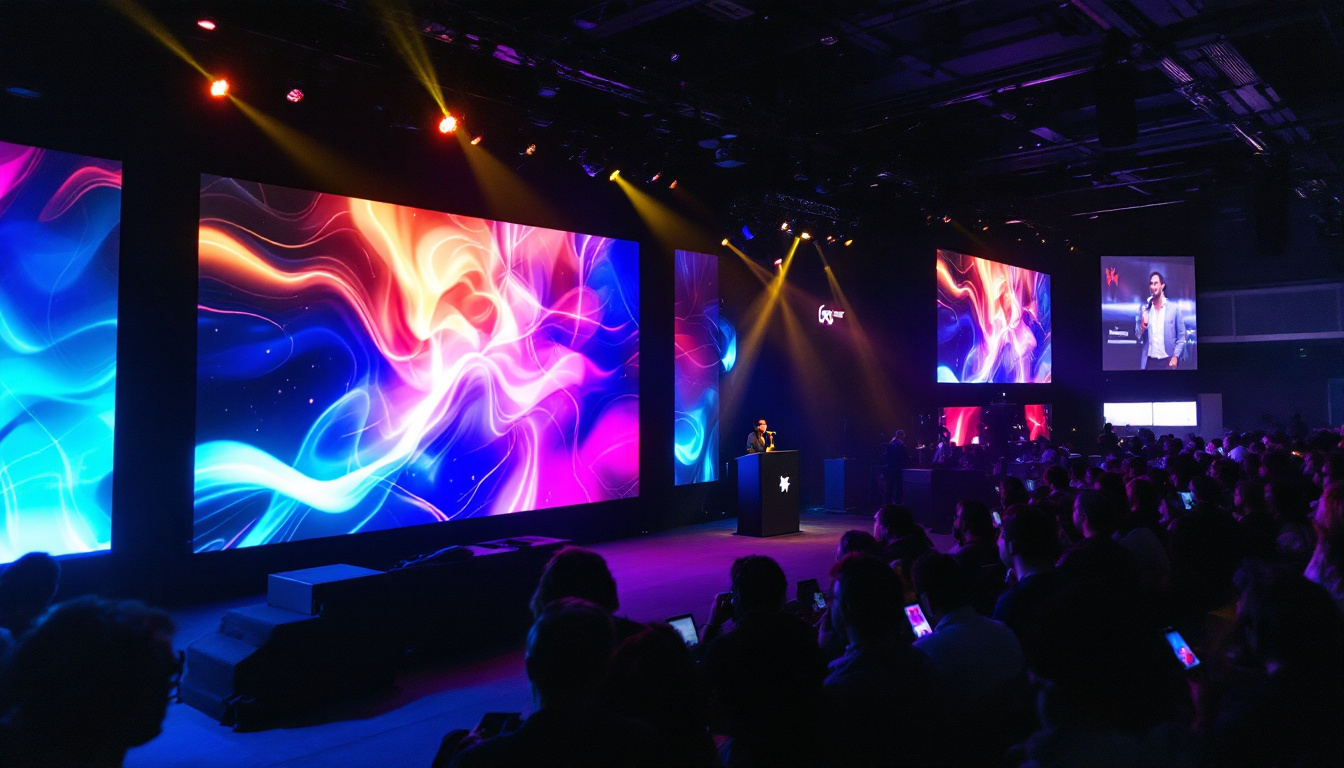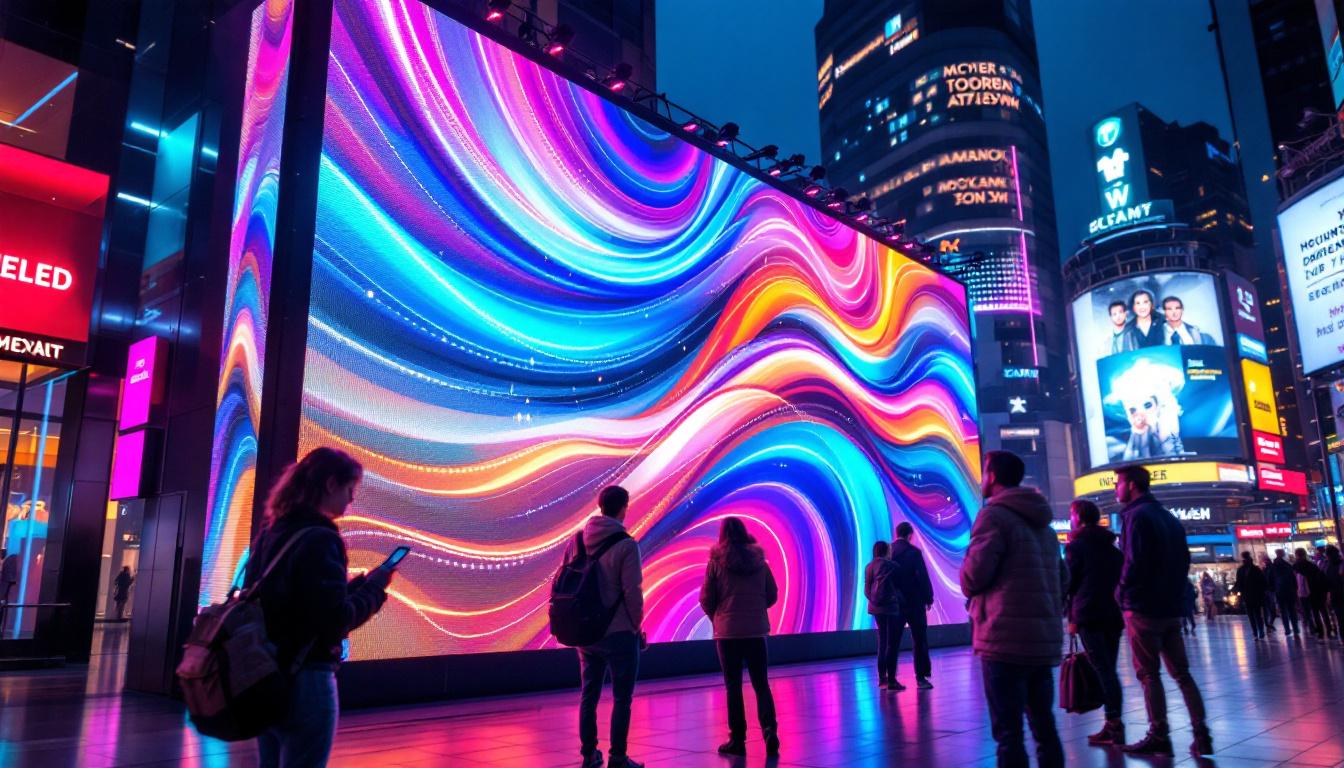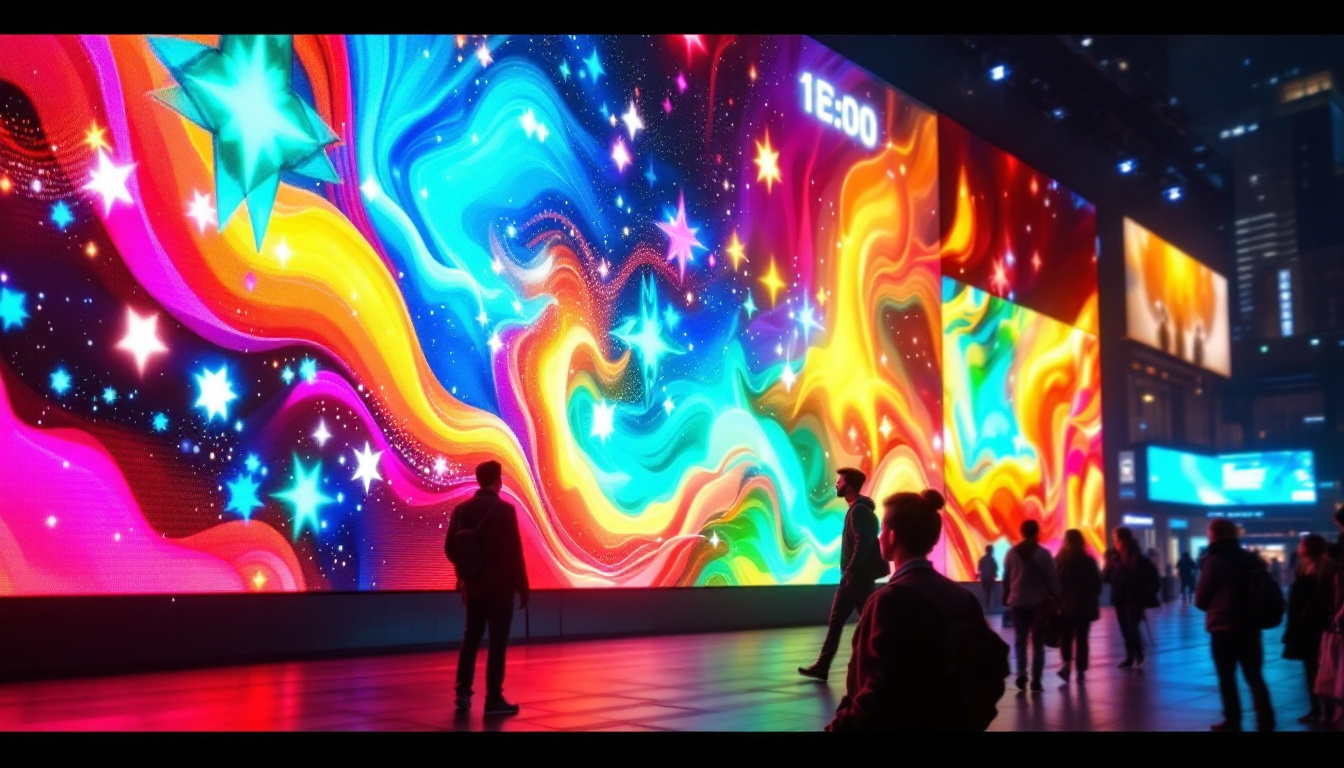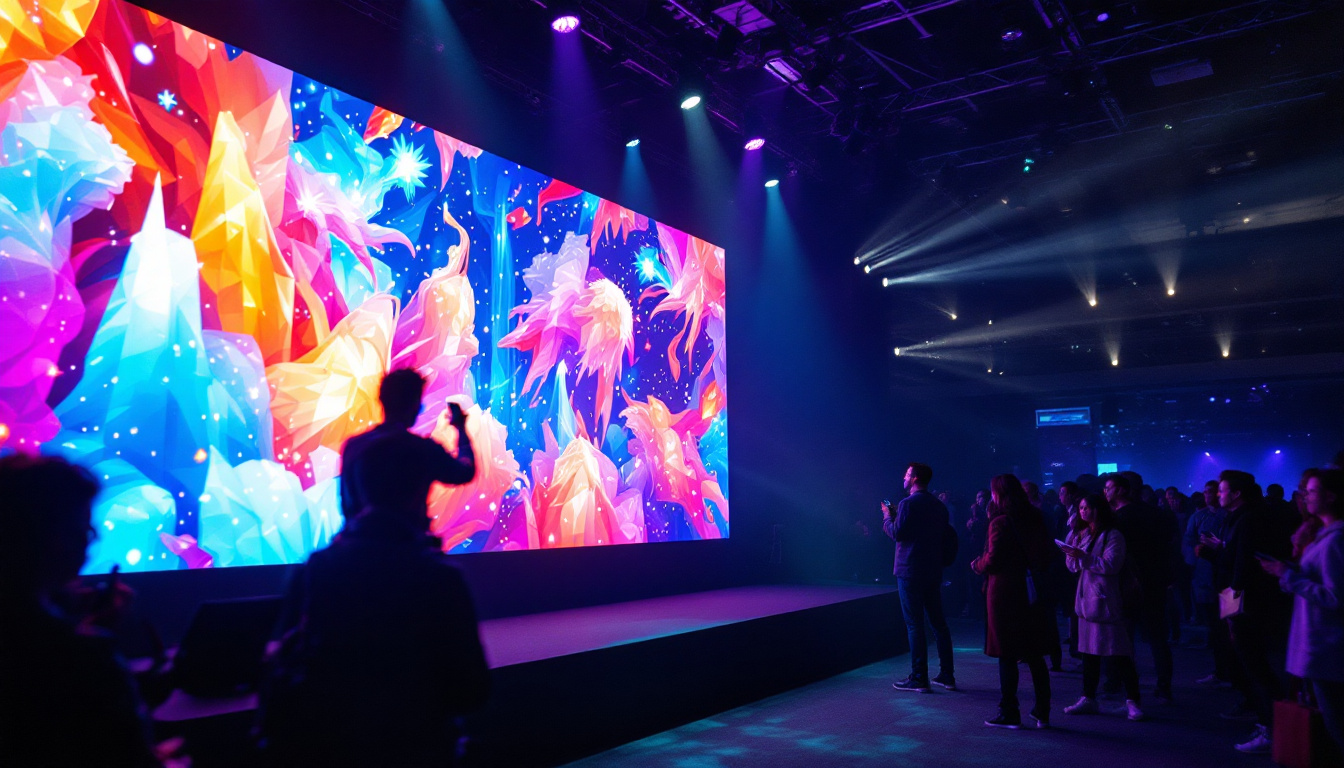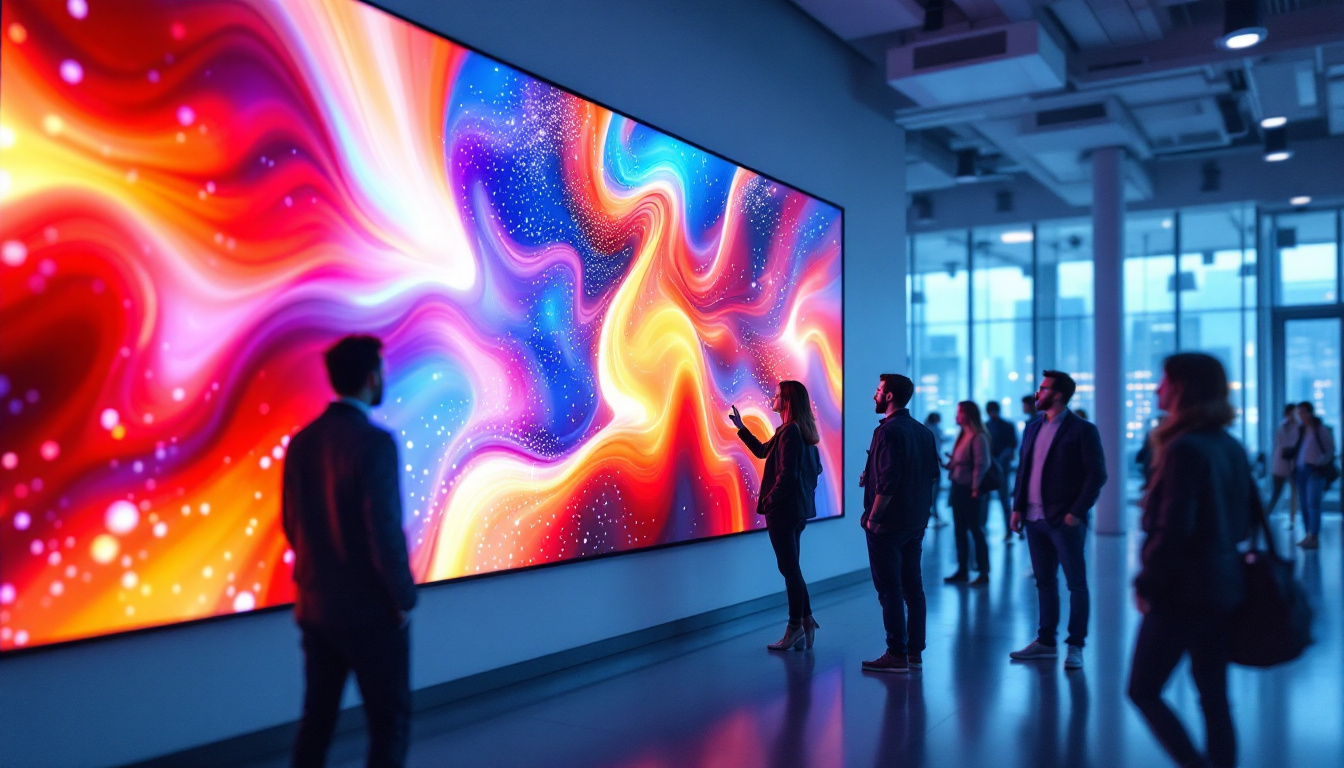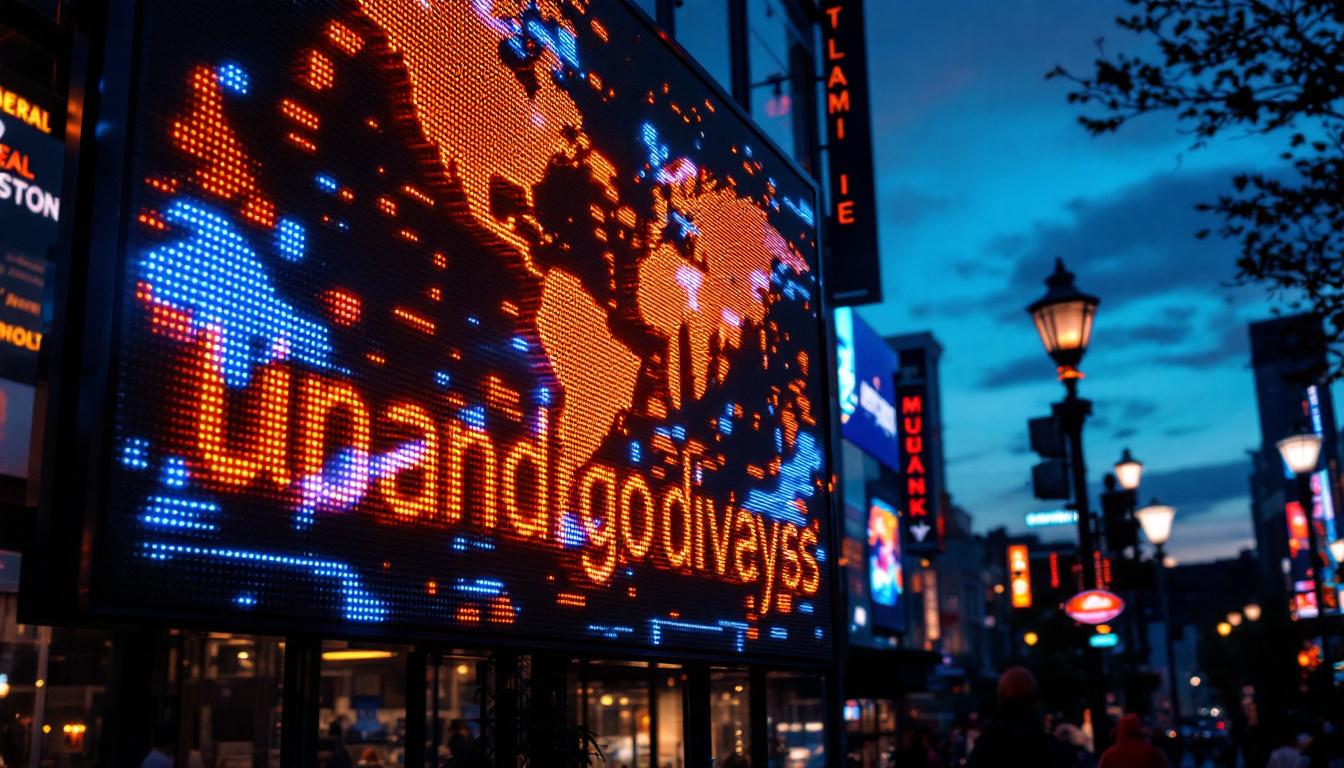Digital Signage TV Singapore: LED Display Explained
In the fast-paced world of advertising and communication, digital signage has emerged as a powerful tool for businesses to engage their audience effectively. In Singapore, the use of LED displays for digital signage has gained immense popularity, transforming how brands convey their messages. This article delves into the intricacies of LED displays, their advantages, and their applications in the vibrant landscape of Singapore.
Understanding Digital Signage
Digital signage refers to the use of digital displays to convey information, advertisements, or entertainment content to a targeted audience. Unlike traditional static signage, digital signage can be updated in real-time, providing businesses with the flexibility to adapt their messages according to changing circumstances. This adaptability allows for more engaging and timely communication, making it an essential tool for modern marketing strategies.
The Evolution of Digital Signage
Over the years, digital signage has evolved from simple screens displaying static images to sophisticated systems capable of delivering dynamic content. The integration of technologies such as LED displays, touch screens, and interactive kiosks has revolutionized how information is presented. In Singapore, this evolution has been particularly pronounced, with businesses leveraging digital signage to enhance customer experiences. For instance, retail stores are now using digital signage to showcase real-time promotions and inventory updates, creating a more interactive shopping environment that encourages consumer engagement.
Key Components of Digital Signage
Digital signage systems typically consist of several key components, including display screens, media players, content management software, and network connectivity. LED displays are often the preferred choice for these systems due to their brightness, energy efficiency, and ability to produce vibrant colors. Additionally, the content management software plays a crucial role, allowing users to schedule and manage the content displayed across multiple screens from a centralized location. This capability not only streamlines operations but also enables businesses to tailor their messaging to specific audiences or events, maximizing the impact of their communications.
Furthermore, the rise of cloud-based solutions has significantly enhanced the scalability and accessibility of digital signage. Businesses can now manage their digital signage networks remotely, making it easier to deploy updates across various locations without the need for on-site visits. This flexibility is particularly beneficial for franchises or organizations with multiple branches, as it ensures consistency in branding and messaging while allowing for localized content adaptations. As technology continues to advance, the potential applications of digital signage are expanding, paving the way for even more innovative uses in sectors such as education, transportation, and healthcare.
LED Displays: The Heart of Digital Signage
LED (Light Emitting Diode) displays are a cornerstone of modern digital signage solutions. These displays utilize semiconductor technology to emit light, creating vivid images and videos that capture attention. The advantages of LED displays make them an ideal choice for various applications.
Advantages of LED Displays
One of the primary advantages of LED displays is their exceptional brightness. This feature allows them to be viewed clearly even in direct sunlight, making them suitable for outdoor advertising. Additionally, LED displays are energy-efficient, consuming less power compared to traditional display technologies.
Another significant benefit is their longevity. LED displays have a longer lifespan than other display types, reducing the need for frequent replacements. This durability translates into cost savings for businesses, making LED displays a wise investment in the long run. Furthermore, the low maintenance requirements of LED technology mean that businesses can allocate resources more effectively, focusing on growth and innovation rather than constant upkeep.
Versatility in Applications
LED displays are incredibly versatile and can be used in a variety of settings. From retail environments showcasing promotional content to corporate offices displaying important announcements, the applications are endless. In Singapore, LED displays are commonly found in shopping malls, transportation hubs, and public spaces, enhancing the overall experience for visitors. These displays not only serve as marketing tools but also play a crucial role in conveying real-time information, such as flight schedules at airports or public transport updates, thereby improving the efficiency of urban mobility.
Moreover, the integration of LED displays into entertainment venues has transformed the way audiences experience events. Concerts, sports games, and festivals utilize large LED screens to immerse attendees in the action, providing dynamic visual effects that enhance the overall atmosphere. This trend is further supported by advancements in technology, such as high-definition resolution and 3D capabilities, which elevate the standard of visual storytelling in both live and recorded formats. As a result, LED displays are not just functional; they are becoming an essential part of the modern sensory experience, captivating audiences and enriching their engagement with the content presented.
Applications of LED Displays in Singapore
The vibrant city-state of Singapore has embraced LED technology across various sectors. The following are some notable applications of LED displays in the region.
Retail and Advertising
In the retail sector, LED displays are used to attract customers and promote products. Dynamic advertisements can be updated frequently, allowing retailers to highlight special offers or new arrivals. The captivating visuals created by LED displays draw foot traffic and enhance brand visibility.
Shopping malls in Singapore often feature large LED screens that showcase advertisements from various brands. These displays not only serve as promotional tools but also provide entertainment to shoppers, creating an engaging environment that encourages longer visits.
Transportation Hubs
Transportation hubs such as Changi Airport and MRT stations utilize LED displays to provide real-time information to travelers. Flight schedules, train timings, and important announcements are displayed clearly, ensuring that passengers are well-informed. The use of LED technology enhances visibility and readability, even in busy and crowded areas.
Choosing the Right LED Display
When considering LED displays for digital signage, several factors must be taken into account to ensure the right choice is made. Understanding these factors can significantly impact the effectiveness of the signage.
Resolution and Pixel Pitch
The resolution of an LED display is crucial for delivering high-quality visuals. Pixel pitch, which refers to the distance between individual pixels, plays a significant role in determining the display’s clarity. A smaller pixel pitch results in higher resolution, making it suitable for close viewing distances.
For outdoor displays, a pixel pitch of 10mm or larger is often sufficient, while indoor displays may require a pixel pitch of 2mm to 5mm for optimal clarity. Businesses should assess their specific needs and viewing distances to select the appropriate resolution.
Brightness and Contrast
Brightness is another essential factor to consider when choosing an LED display. Measured in nits, the brightness level determines how well the display can be viewed in various lighting conditions. Outdoor displays typically require higher brightness levels to combat sunlight glare, while indoor displays can function effectively with lower brightness.
Contrast ratio is equally important, as it affects the display’s ability to render deep blacks and vibrant colors. A higher contrast ratio enhances the overall visual quality, making content more engaging and easier to read.
Installation and Maintenance of LED Displays
Proper installation and maintenance are critical to ensuring the longevity and performance of LED displays. Engaging professional services for installation can help avoid common pitfalls and ensure that the display is set up correctly.
Installation Considerations
When installing an LED display, several factors must be considered, including location, mounting options, and power supply. The display should be positioned in a way that maximizes visibility while minimizing obstructions. Additionally, the mounting structure must be sturdy enough to support the weight of the display.
Power supply and connectivity are also crucial. Ensuring that the display has a reliable power source and proper network connectivity will prevent downtime and ensure smooth operation.
Regular Maintenance Practices
To keep LED displays functioning optimally, regular maintenance is essential. This includes cleaning the screens to remove dust and debris, checking for any loose connections, and monitoring the performance of the display. Implementing a routine maintenance schedule can help identify and address potential issues before they escalate.
The Future of Digital Signage in Singapore
The future of digital signage in Singapore appears promising, with advancements in technology paving the way for innovative solutions. As businesses continue to seek effective ways to engage their audiences, the demand for high-quality LED displays is expected to grow.
Emerging Technologies
Emerging technologies such as artificial intelligence (AI) and machine learning are poised to revolutionize digital signage. These technologies can analyze consumer behavior and preferences, allowing businesses to deliver personalized content that resonates with their audience.
Furthermore, the integration of augmented reality (AR) and virtual reality (VR) into digital signage can create immersive experiences that captivate viewers. As these technologies become more accessible, businesses in Singapore are likely to adopt them to enhance their digital signage strategies.
Sustainability and Energy Efficiency
As sustainability becomes a priority for many organizations, the focus on energy-efficient LED displays is expected to increase. Manufacturers are continually working to develop displays that consume less power while maintaining high performance. This commitment to sustainability aligns with Singapore’s vision of becoming a smart and sustainable city.
Conclusion
Digital signage, particularly through the use of LED displays, has become an integral part of the communication landscape in Singapore. With their numerous advantages, versatility, and potential for innovation, LED displays offer businesses a dynamic platform to engage their audiences effectively. As technology continues to evolve, the future of digital signage looks bright, promising exciting opportunities for brands to connect with consumers in meaningful ways.
In a city that thrives on innovation and creativity, embracing digital signage solutions will undoubtedly play a pivotal role in shaping the way businesses communicate and interact with their customers. The journey of digital signage in Singapore is just beginning, and the possibilities are endless.
Explore Cutting-Edge LED Display Solutions with LumenMatrix
Ready to elevate your brand’s presence and captivate your audience with unparalleled visual experiences? LumenMatrix is at the forefront of LED display innovation, offering a wide array of solutions tailored to your unique needs. From Indoor and Outdoor LED Wall Displays to specialized options like Vehicle, Sports, and Floor LED Displays, our technology is designed to revolutionize your visual communication. Discover the transformative power of our Custom, All-in-One, and Transparent LED Displays. Check out LumenMatrix LED Display Solutions today and take the first step towards redefining engagement and clarity in your digital signage strategy.

